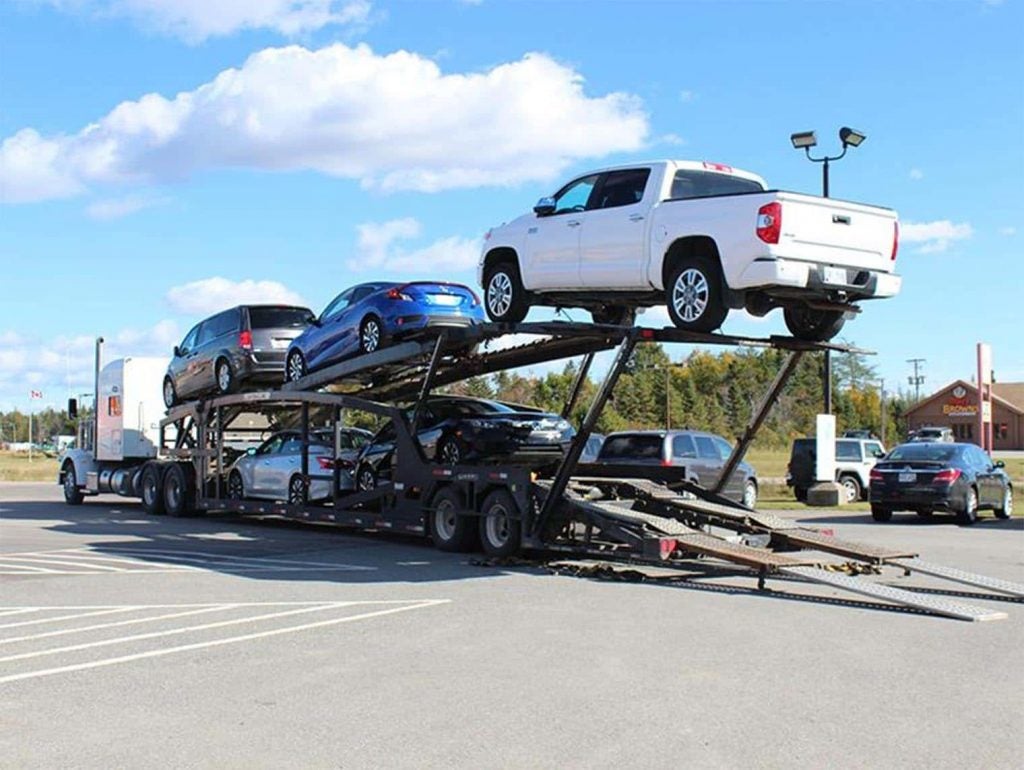A joint forecast issued by J.D. Power and LMC Automotive projects that new-vehicle sales for the month of March will reach 1,330,700 vehicles. The figure, which includes both retail and non-retail sales, represents a 6.2% increase over the same month last year.

Further, combined retail and non-retail sales for all of the first quarter of this year will surpass 3.5 million vehicles, which represents a 7.3% year-over-year increase.
Retail sales are up a little
Breaking out retail vs. non-retail sales, consumers are projected to purchase a total of 1,090,500 vehicles: a 1.9% increase over March 2022. Further, average transaction prices rose by 3.5% to a March record of $45,818.
The rise in sales plus the record retail transaction prices means consumers will spend nearly $50 billion on new vehicles this month. This is the second-highest amount recorded for any March, and an increase of 5.5% over the same month last year.
For the entire first quarter, when adjusted for the slightly different number of selling days, total retail sales are expected to hit 2,858,500 vehicles, which is an 0.2% increase year-over-year. First quarter new vehicle spending will amount to more than $132 billion, the highest on record for any quarter and 4.4% higher year-over-year.
“March is shaping up to be yet another positive month for the industry,” said Thomas King, president of the data and analytics division at J.D. Power. “With retail sales forecasted to be up nearly 2% — along with average transaction prices tracking up 3.5% — consumers are on pace to spend nearly $50 billion this month, an increase of 5.5% from what they spent on new vehicles a year ago.”

“Retail demand for vehicles remains strong, due primarily to considerable pent-up demand,” he continued. “The availability of new vehicles in inventory at retailers is improving, resulting in a softening of dealer margins and increased manufacturer incentive spending. But, overall, the industry remains supply constrained, and profitability is well above historical norms.”
Fleet sales are jamming
While the retail auto market remains healthy, the smaller fleet sales market is booming. Total non-retail sales are projected to total 240,200 units in March, representing a 31.4% increase compared with March 2022. The report projects that fleet volume will account for 19% of total light-vehicle sales, up from 15% a year ago.
“This dynamic of high transaction prices despite increased production levels is being assisted by an increased manufacturer focus on sales to fleet customers,” King explaned. “Rather than allocate incremental production to retailers, manufacturers are selling more vehicles to fleet buyers.”
Retailer profits remain high, discounts and incentives stay low
The J.D. Power/LMC report also projects total aggregate retailer profit from new vehicle sales for the month of March will be down 22% year-over-year but still totaling $4.1 billion, making this the second-highest March profit on record, with last March taking the top spot.

“As expected with improved supply, dealer profits are taking a step back but remain well above pre-pandemic levels,” King said. “Total retailer profit per unit — inclusive of grosses and finance and insurance income — is on pace to be $3,761. This is down 23.4% from a year ago but still more than double 2019. The decline is due primarily to fewer vehicles being sold above MSRP. In March, 30% of new vehicles are being sold above MSRP, down from the high of 48% in July 2022.”
“Manufacturer discounts are up slightly from a month ago and up significantly from a year ago,” King explained, “but they remain historically low. The average incentive spend per vehicle is tracking toward $1,558, a 45.2% increase from a year ago.
“Incentive spending per vehicle expressed as a percentage of the average vehicle MSRP is trending at 3.3%, down 0.9 percentage points from March 2022. One of the factors contributing to the low level of spending is the absence of discounts on vehicles that are leased. This month, leasing accounts for just 20% of retail sales. In March 2019, leases accounted for 31% of all new-vehicle retail sales.”
Interest rates are taking their toll
As the Federal Reserve continues to raise interest rates, and projects further rate hikes if inflation does not ease, the higher rates are raising consumer costs and dampening purchasing power. Average interest rates for new-vehicle loans are expected to increase to 6.66%, up 228 basis points higher than a year ago.

“Elevated pricing coupled with interest rate increases continue to inflate monthly loan payments,” said King. “After breaking the $700 level for the first time ever in July 2022, the average monthly finance payment in March is on pace to be $711, up $46 from March 2022. That translates to a 6.8% increase in monthly payments from a year ago.”
Used vehicle values are falling slightly
As the shortage of new vehicles eases, the value of used vehicles is dropping commensurately, resulting in reduced trade-in value for buyers. Average trade equity in March was about $8,800, according to the J.D. Power/LMC report. That’s down by $430 from one year ago, and down $1,240 from peak used car value in June 2022, but still double the average equity in used cars before the pandemic.
“Overall, the first quarter of 2023 has been another period of remarkable profitability for both manufacturers and retailers,” King concluded. “While the profit results for retailers are less favorable than a year ago, it will still be the second-best quarter on record.
“However, as vehicle production continues to increase during the year, interest rates will remain high, pent-up demand will diminish, pricing will become more competitive, and profitability will inevitably degrade. Regardless, the industry is still positioned to enjoy one of the most profitable years on record.”
- SEO Powered Content & PR Distribution. Get Amplified Today.
- Platoblockchain. Web3 Metaverse Intelligence. Knowledge Amplified. Access Here.
- Source: https://www.thedetroitbureau.com/2023/03/march-new-vehicle-sales-to-rise-6-2-over-last-year/



